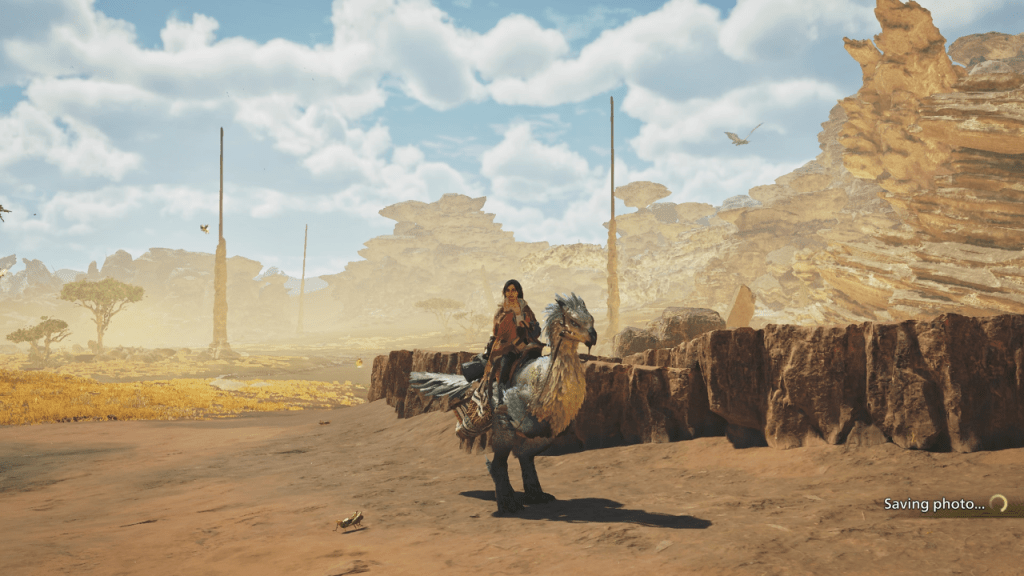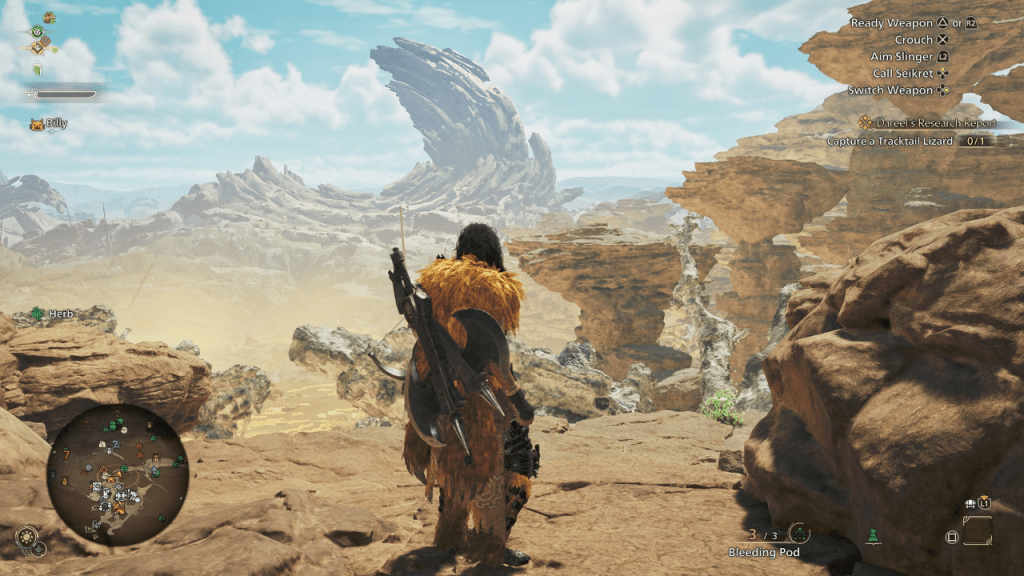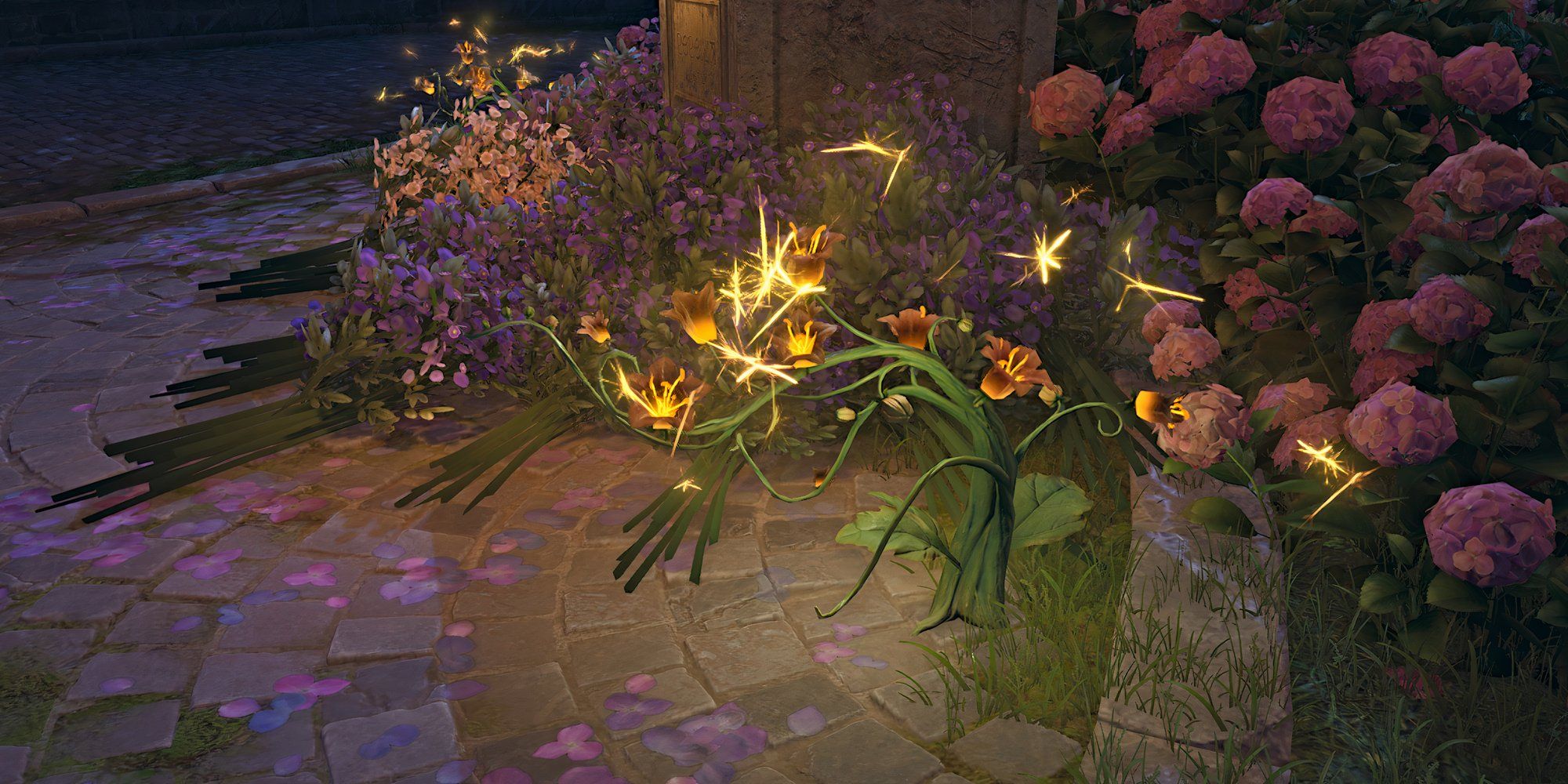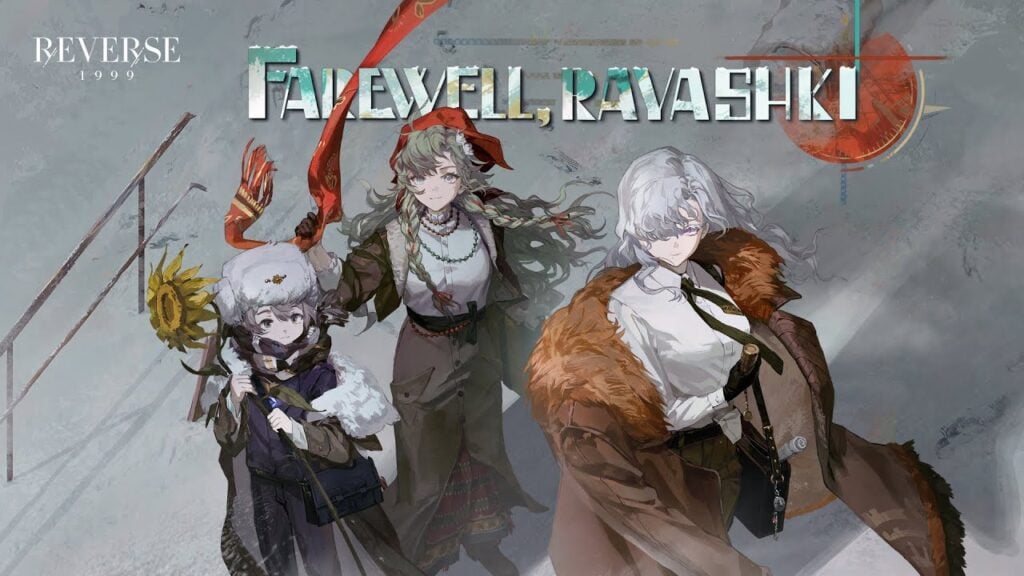In *Monster Hunter Wilds*, the dynamic interplay of seasons and weather significantly enhances the gameplay experience within the Forbidden Lands. These elements not only alter the visual landscape but also influence monster behavior, resource availability, and strategic gameplay. Here's a comprehensive guide to understanding and navigating the seasons and weather in *Monster Hunter Wilds*.
Monster Hunter Wilds Seasons, Explained

*Monster Hunter Wilds* features two distinct seasons that govern the Forbidden Lands: Fallow and Plenty. The game begins during the Fallow season, which presents a challenging environment characterized by harsh weather and scarce resources. During Fallow, survival becomes more difficult as monsters exhibit heightened aggression and engage in more frequent conflicts with one another.
Conversely, the Plenty season offers a stark contrast with its warm, inviting atmosphere. The environment bursts into life with abundant flora and vibrant changes, making it a more pleasant time for exploration. Small monsters are less hostile and less likely to form packs, and resources like Endemic Life and various plants are plentiful. This abundance is celebrated by both the villagers and players, making Plenty a season of prosperity.
Between these seasons, brief but intense weather events known as Inclemency can occur. These events ramp up the environmental intensity and often set the stage for epic battles against Apex Predators. A notable example is the Pinnacle of the Pack Assignment, where players must face the Alpha Doshaguma amidst the Sandtide—a dramatic sandstorm filled with lightning. Throughout *Monster Hunter Wilds*, various unique weather events accompany encounters with Apex Predators, adding depth and excitement to the gameplay.
How To Check the Seasons and Weather in Monster Hunter Wilds

To stay informed about the current season and weather, *Monster Hunter Wilds* provides useful tools within the game's HUD and map. The HUD displays icons in the bottom left corner that indicate the time of day and the current season. For a more detailed view, you can access the map and press the prompted button to view the Environment Overview, which offers comprehensive information on the prevailing weather and seasonal conditions.
Additionally, Optional Quests in *Monster Hunter Wilds* are set in specific seasons and times of day. Engaging in these quests will temporarily transport you to the designated environment, regardless of the current season in the main game.
How To Change the Season and Weather in Monster Hunter Wilds
Given that the flora and fauna in *Monster Hunter Wilds* are heavily influenced by the seasons of the Forbidden Lands, players may find it advantageous to switch between Fallow and Plenty based on their hunting needs. Fortunately, the game allows you to adjust the seasons and weather.
To change the season and weather, set up your tent and rest. Navigate to the BBQ Menu within your tent, then scroll to the Rest option. Here, you can select the desired Environment and Time for your Hunter to wake up in. However, be aware that resting in *Monster Hunter Wilds* incurs a cost of 300 Guild Points and is only available to High Rank Hunters. Also, resting cannot be done during an active quest.
That concludes our guide on the seasons and weather in *Monster Hunter Wilds*. Understanding and utilizing these elements can greatly enhance your gameplay experience.
*Monster Hunter Wilds is available now on PlayStation, Xbox, and PC.*

 Latest Downloads
Latest Downloads
 Downlaod
Downlaod




 Top News
Top News








